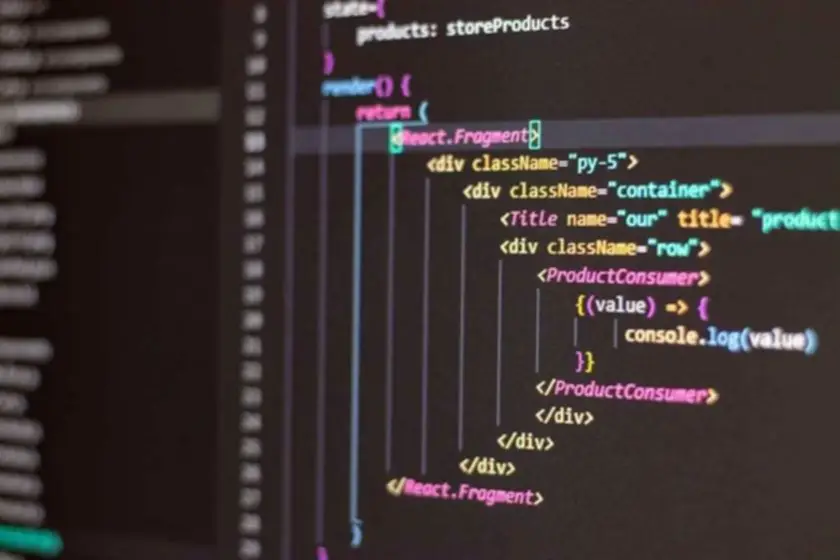According to Gartner, 40% of I&O teams will use AI-augmented automation in massive enterprises by 2024, resulting in higher IT productiveness with higher agility and scalability. There’s a common tendency to let AIOps adoption drag on, believing it will take a year or two to get the correct value. Conventional monitoring and alerting methods, often referred to as a “black field strategy,” supplied limited perception into system efficiency. On the flip side, nonetheless, implementing an AIOps platform also presents numerous challenges. With a lot of the day-to-day drudge work required to “keep the lights on” eliminated, AIOps provides teams the liberty to develop and ship extra strategic and higher worth initiatives and innovations. Trendy IT methods generate an infinite (and ever increasing) quantity of data throughout their many and diversified elements.
AIOps instruments identify problems faster than people as a outcome of they correlate information and reduce complexity, which permits resolution to occur quicker, he added. AIOps additionally performs an important position in addressing the scarcity of IT employees, because AI automation can handle a variety of the duties carried out by humans, said analysts and tech executives. Furthermore, AIOps platforms assist workers with minimal AI knowledge carry out complex AI tasks.

AIOps combines huge information and machine studying to automate IT operations processes, together with occasion correlation, anomaly detection and causality willpower.” By processing vast amounts of data in real-time, AIOps allows your team to foretell potential points, cut back handbook interventions, and improve overall efficiency. As workplaces turn into more reliant on interdependent digital platforms connecting one department to another, the likelihood of a crucial technical failure like system shutdown will increase. As a result, IT operations management must maintain a real-time view of how digital technologies operate within a business.
By developing these capabilities now, it will be simpler in your organization to adopt new and improved AI and ML tools as they proceed to evolve. Spot and filter false alarmsEvent correlation with AIOps can pinpoint and filter occasions which are “white noise.” These white noise events might set off an alarm however aren’t really necessary issues. This computerized organization lets your IT operations teams focus on an important duties first. Examine the root causes of problemsOne of the vital thing benefits of AIOps is root cause evaluation. The 4 phases of AIOps embrace data assortment and curation, training models on your information, constructing automated solutions that respond to the predictions of the models, and deployment for anomaly detection.
Domain-specific options concentrate on a narrower set of information and are tuned to the specific environments and issues within a specific area. AIOps extends the worth of your observability platform by using superior IT intelligence to automate and optimize operations. A robust basis begins with a rich set of observability instruments, dashboards, and automations that adapt to your organization’s distinctive wants. The extra you’ll have the ability to leverage AI-powered automation inside present IT ops methods, the additional you’ll progress in your AIOps journey. AIOps involves collecting knowledge from multiple sources, then using AI and machine learning to course of and analyze the information, in the end figuring out the root reason for problems and quickly helping in resolving them. The primary thought behind AIOps is to help IT groups grasp the size and growing complexity whereas retaining the reliability and effectivity of the system.

Aiops Use Circumstances
Software and system downtime may be pricey when it comes to https://www.globalcloudteam.com/ misplaced income, decrease productivity and injury to your organization’s popularity. AIOps helps DevSecOps and SRE groups detect and react to rising issues earlier than they turn into expensive and damaging failures. DevOps makes use of software to automate and combine processes for software program growth and IT teams so they can work extra efficiently. It streamlines improvement work by implementing Continuous Integration and Steady Deployment (CI/CD). Man Fighel is the General Manager of Utilized Intelligence and Group Vice President of product engineering at New Relic. He leads New Relic’s AIOps product and engineering, and is liable for the company’s overall synthetic intelligence and machine studying technique.
AIOps might help organizations detect anomalies like bugs and cyber assaults, simplify workflows by removing bottlenecks and scale back the time it takes to resolve issues and the resulting operational prices. Artificial intelligence for IT operations (AIOps) uses AI methods like algorithms and machine studying to automate and help varied features of IT infrastructure. This consists of detecting anomalies, reorganizing workloads and monitoring software performance. AIOps platforms can study over time how to carry out certain tasks or reply ai for it operations underneath particular circumstances, automating vital IT processes.
The 4 Key Phases Of Aiops

By analyzing historic data and patterns, AIOps can establish potential anomalies or performance degradations, permitting IT groups to take corrective actions proactively. This is when players in the ITOps domain felt the necessity for a platform that makes use of AI and ML to course of a great amount of knowledge to provide IT groups real-time insight into rising points. Developing trust in your AIOps answer begins with having visibility from the inside out. For example, the occasion correlation and automation platform BigPanda permits customers full control over which correlation patterns are lively at any given time. Integrating these insights into the broader incident response framework helps your teams ecommerce mobile app manage changes effectively, reducing the risk of unintended penalties from system updates or patches.
Most organizations don’t have the luxurious of starting from scratch, so AIOps adoption must be incremental, aligning with present DevOps and SRE practices. AIOps isn’t a single monolithic system—it is out there in different flavors, relying on how it processes information and what stage of automation it provides. Broadly talking, we can break it down into two major types, each serving a different role in IT operations. James joined BusinessTechWeekly.com in 2018, following a 19-year profession in IT where he coated a variety of assist, administration and consultancy roles across a broad variety of industry sectors.
- AIOps stands for synthetic intelligence for IT operations and it is the sensible application of synthetic intelligence (AI) to reinforce, assist and automate IT operations.
- Over time, AI purposes have advanced to carry out complicated pattern recognition, like figuring out faces in images or precisely detecting anomalies in medical imaging and manufacturing processes.
- AIOps is used by IT groups and DevOps groups to gain insights from massive quantities of knowledge originating from disparate sources.
If organizations can’t meet these data wants, it is probably not worth investing in an AIOps platform. The need to improve the client experience is the biggest driver in companies adopting AIOps. Teams can use AIOps platforms to identify bugs and other issues early within the improvement process, leading to higher-quality products and customer interactions. In the initial stage, AIOps platforms can determine issues by evaluating historical and performance data. They can then report issues like overloaded devices, workflow bottlenecks and cyber attacks before they grow into bigger points. Historically, IT operations have been marked by guide monitoring and reactive problem-solving.
This additionally meets high consumer expectations for availability and efficiency and will increase competitiveness. Many specialists view AIOps as the lengthy run for companies that target digital transformation and must process and analyze increasing volumes of information. AIOps is revolutionizing IT operations, permitting organizations to deal with trendy challenges with efficiency, scalability, and intelligence. AIOps empowers organizations to reduce downtime, enhance decision-making, and streamline workflows.


